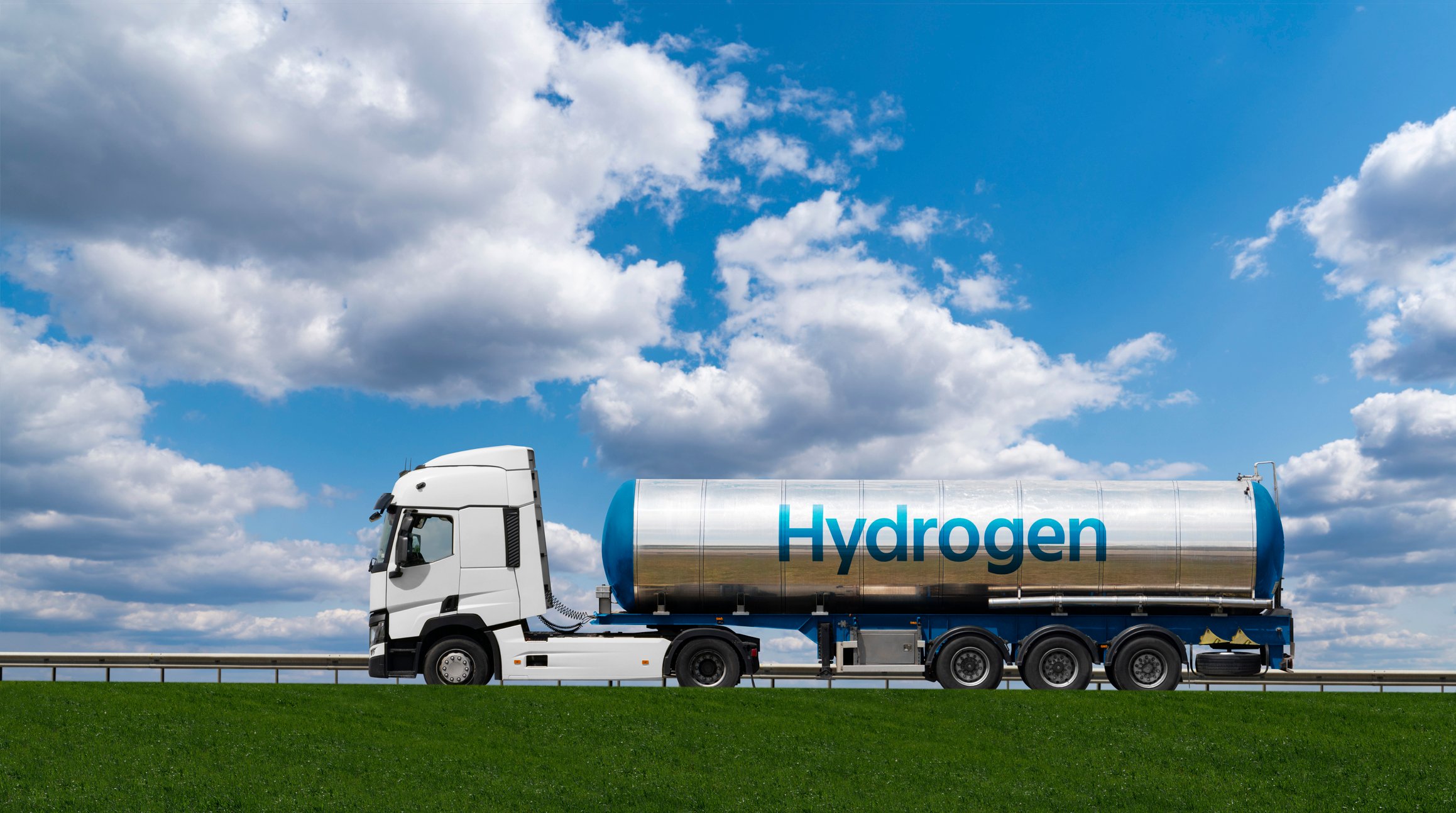Let's start off with a quiz. Name at least one element that fuels nuclear reactors. I don't normally trust strangers over the Internet, but I'm fairly confident that you were able to identify uranium as the correct answer. Now, name an element that you think is most likely to be the driving force behind the industry in 2050 and beyond. Chances are you went chalk and named uranium again.
No one can blame you for that, but you may want to consider the potential of thorium. After being developed side by side with traditional uranium reactors shortly after World War 2, thorium reactors fell into the dustbin of history despite sporting several key advantages. Thorium is cheaper, more abundant, and safer to use than uranium and received heightened attention after the Fukushima accident several years ago. Now, several macro trends have a growing list of companies and governments across the globe resurrecting the technology. Is it time to prepare your portfolio for a thorium future?
History is a winner's game
American nuclear physicist Dr. Alvin Weinberg made major contributions to nuclear technology -- from the Manhattan Project to reactor architecture -- over his 18 year tenure as Research Director of Oak Ridge National Laboratory. What began in the 1950s as an attempt to construct a nuclear-powered long-range aircraft (The Aircraft Reactor Experiment) led to Weinberg's lifelong dedication to molten salt reactors, or MSRs. Why haven't you heard of this technology? The MSR Program at Oak Ridge succumbed to political pressures in the early 1970s and was all but forgotten. Losers rarely become the authors of history.
That doesn't mean the technology didn't work. It was even considered competitive with early light water reactors, or LWRs, which are now the industry standard. One theory as to why the program was cancelled is that thorium reactors could not be used for weapons production, which was an important concern of politicians during the Cold War. Of course, today this attribute would be emphatically filed under the "advantages" column.
While Cold War fears were certainly a nail in the coffin, Dr. H.G. MacPherson, who worked on the project with Weinberg, outlined a more complete history of the MSR Program (link opens PDF) for Nuclear Science and Engineering in 1985. And while I'm a big fan of nerding-out on technical and scientific papers, The Motley Fool doesn't keep me around to explain the intricate details behind thorium reactors. For a more thorough examination of the element and technology, I would direct you to the World Nuclear Association's page on thorium.
Behold, the power of Thor
The leading design for a thorium MSR is the liquid fluoride thorium reactor, or LFTR. What's so great about it? These types of reactors are capable of operating at atmospheric pressure, which essentially makes them meltdown proof. Imagine that. Such reactors would ease fears about the accidental release of radioactive material and could save hundreds of millions of dollars on the construction costs of containment vessels (still needed, just cheaper).
The first commercial LFTR breeder was demonstrated just outside of Pittsburgh at the Shippingport Atomic Power Station from 1977 to 1982. Now, several companies are trying to bring the technology back. Norway-based Thor Energy has partnered with Westinghouse to conduct a four-year test of thorium reactors in its native country. The companies are not using an LFTR design, but they hope to bring attention to thorium nonetheless.
Flibe Energy is the leading American company developing LFTRs. Co-founded by former NASA aerospace engineer Kirk Sorensen, Flibe Energy is adamant that thorium holds the key to clean energy and efficient desalination technology -- arguably an equally important issue for the 21st century. Unless Flibe or Thor holds an IPO, investors probably won't be able stake a claim in a pure thorium play. But if they can successfully convince the world that thorium has a place in energy, more well-known manufacturers and utility companies could throw some weight behind the idea.
Investing opportunities?
There is a huge pile of engrained thinking to shove out of the way. The bulk of the pile consists of LWRs, which account for 359 of the world's 437 nuclear reactors and a similar percentage (83%) of generation capacity. Exelon (NYSE: EXC) operates 17 such reactors throughout Illinois, Pennsylvania, and New Jersey and boasts the largest nuclear fleet in North America. In fact, if you combine the annual nuclear capacities of Exelon and Duke Energy (NYSE: DUK), you'll get 30,350 MW, which is greater than every country's output except France's.
The average age of a nuclear reactor in the United States is 32 years. While they can operate for up to 60 years, now would be the time to research safer alternatives to replace soon-to-be decommissioned facilities. Other than Westinghouse, there are no major signs of that occurring at the moment, but it would make sense for manufacturers of nuclear technology to step in should the opportunity present itself.
General Electric (GE +1.73%) is already positioning itself for the future of nuclear power. Its GE Hitachi nuclear business pioneered a Generation IV sodium-cooled reactor (not powered by molten salts), named the PRISM reactor, that is considered to be the safest ever conceived. The company estimates that every 1 GWe of fossil fuel generation replaced by a PRISM unit would reduce emissions equivalent to removing 1.13 million cars from the road. Moreover, the unit creates clean, safe power while consuming spent nuclear fuel -- its primary power source.
Despite being ready for deployment, the industry has yet to build a Generation IV reactor. Actually, only one Generation III reactor (built by GE) is in operation today. Attention world: It's time to wake up.
Foolish bottom line
Don't think thorium stands a chance? It will likely take several decades to gain traction, but that wouldn't be out of the ordinary for the industry. Commercial uranium reactors were first demonstrated in December 1951, but nuclear's share of American electricity generation in 1973 was just 5%. Today, it is 19%.
The PRISM reactor highlights two truths: (1) the industry moves incredibly slow, and (2) GE Hitachi isn't afraid to invest in disruptive science. Can the company corral governments to use uranium alternative technologies such as salt-cooled and thorium-based reactors? I have a hunch the first domino will fall sooner rather than later. Stay tuned for my research into the technology later this month.








